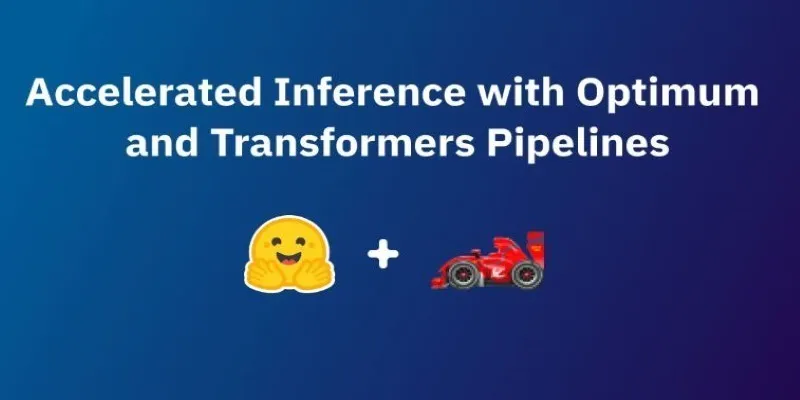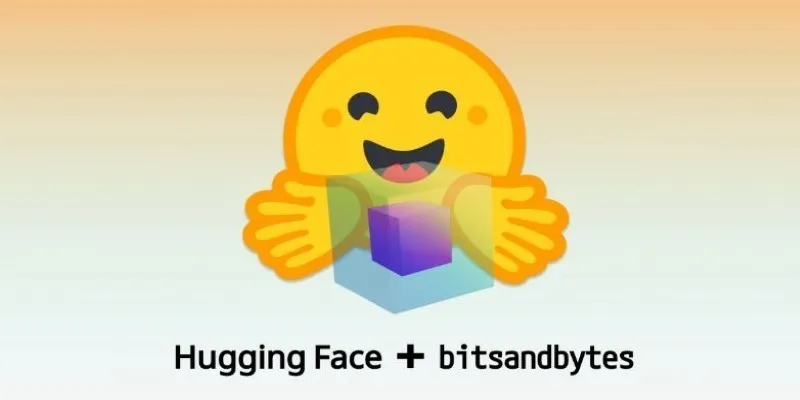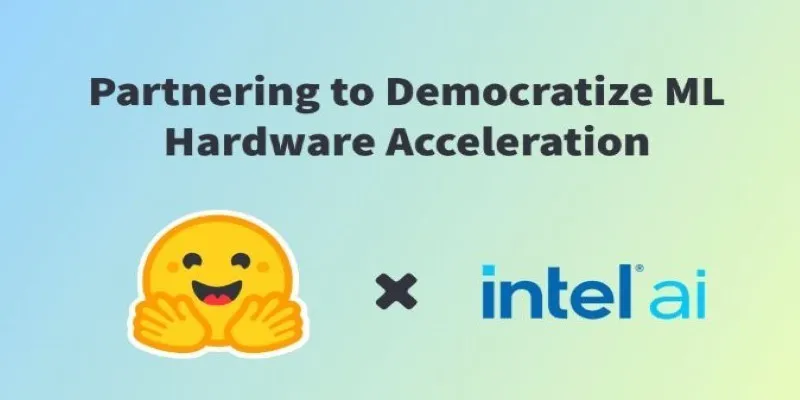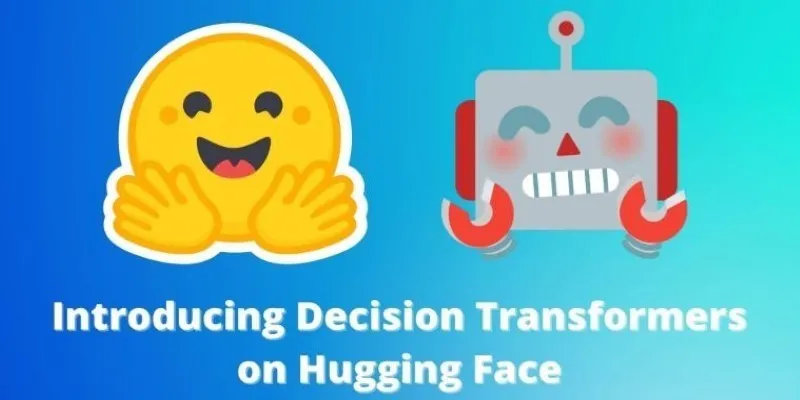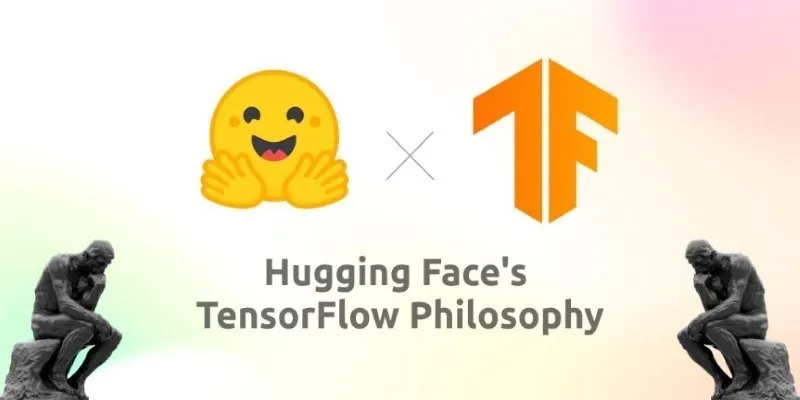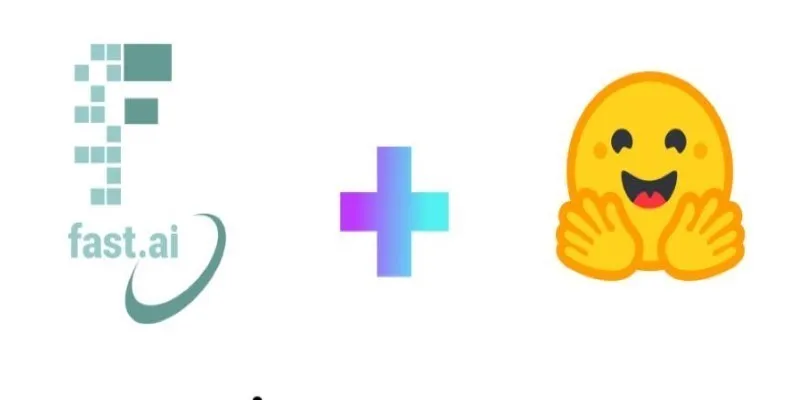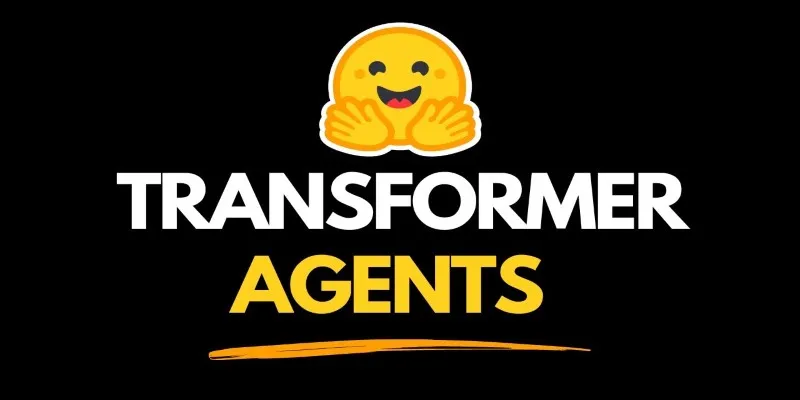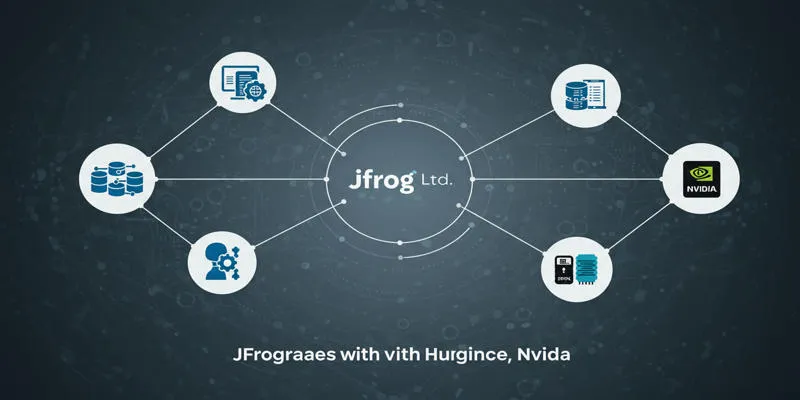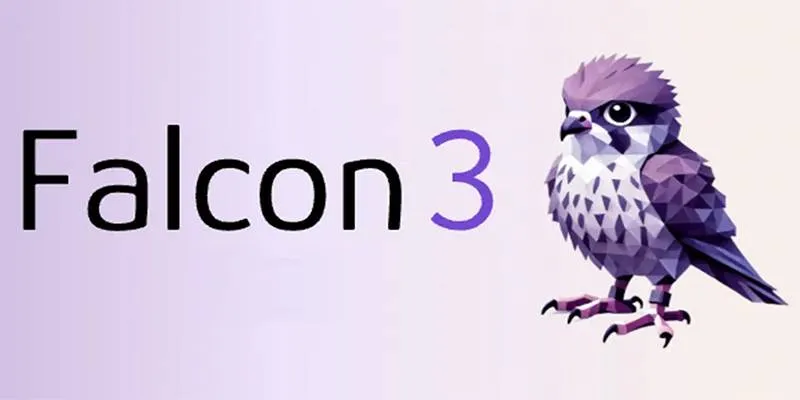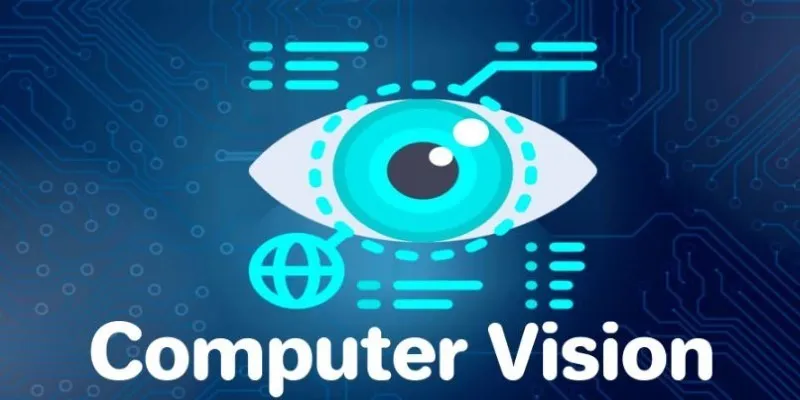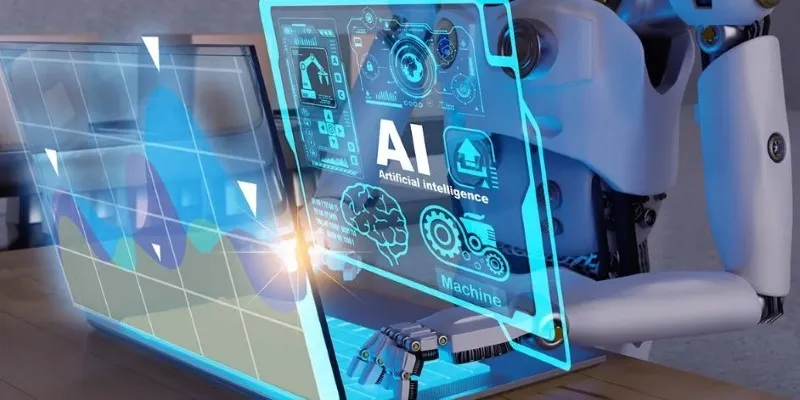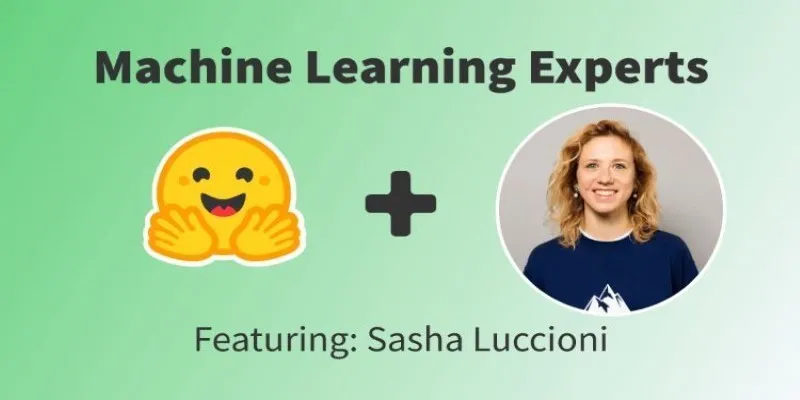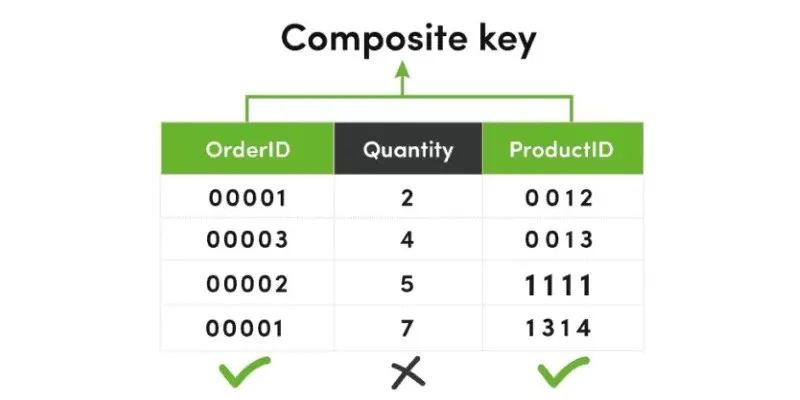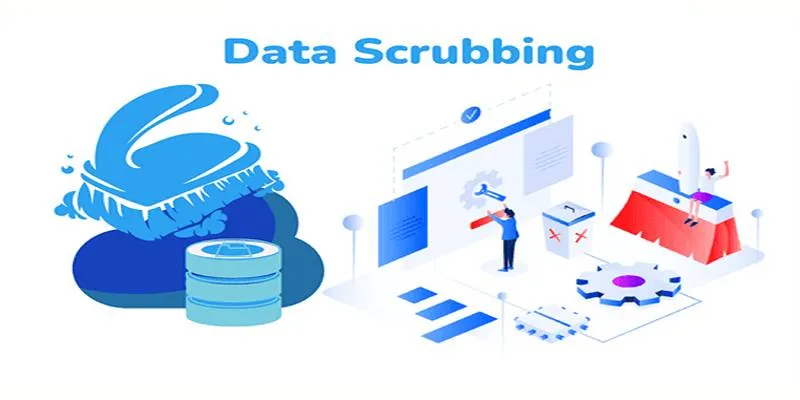Language models can generate impressive text, but they don’t always follow instructions precisely. You might need a summary to include specific terms or a translation to adhere to a certain vocabulary. Left unchecked, models may overlook these requirements. That’s where constrained beam search steps in—it provides more control over the output.
Instead of hoping the output includes what you need, this method ensures it does. With Hugging Face Transformers, setting up constraints is straightforward, making it easier to guide generation without losing fluency, tone, or coherence in the final text.
What Is Constrained Beam Search?
In standard text generation using models like GPT-2, BART, or T5, beam search helps pick the most likely sequences by exploring multiple possibilities at each step and selecting the best ones. However, this method doesn’t guarantee the inclusion of certain words or constraints. Constrained beam search modifies the basic beam search process to adhere to hard rules. These rules could be simple—like forcing the model to include certain keywords—or more complex, such as following a grammatical structure or sequence of events.
Constrained beam search evaluates candidate sequences not only on their likelihood but also on whether they satisfy the constraints. These constraints can be enforced using various techniques, such as:
- Lexical constraints: Forcing specific tokens to appear in the generated text.
- Hard constraints: Completely eliminating sequences that don’t meet certain conditions.
- Prefix constraints: Allowing generation only from certain starting points or including specific substrings.
This approach is particularly effective in transformer-based models, as generation can be steered at the token level without significantly compromising fluency or coherence. This makes it especially helpful in scenarios like dialogue generation, structured summarization, or data-to-text generation, where certain facts or phrases must appear.
Using Constrained Beam Search in Hugging Face Transformers
The Hugging Face Transformers library supports constrained generation through features that allow developers to define both positive and negative constraints. Positive constraints ensure that certain tokens or phrases appear in the output, while negative constraints prevent specific words from being used.

The implementation typically involves specifying these constraints during the generation step. The generate() function in Transformers supports these mechanisms through keyword arguments such as constraints, force_words_ids, and prefix_allowed_tokens_fn.
Here’s a simplified example using a force_words_ids constraint:
from transformers import AutoTokenizer, AutoModelForSeq2SeqLM
tokenizer = AutoTokenizer.from_pretrained("t5-base")
model = AutoModelForSeq2SeqLM.from_pretrained("t5-base")
input_text = "Translate English to French: The weather is nice today"
input_ids = tokenizer(input_text, return_tensors="pt").input_ids
# Force the output to include the French word for weather: "météo"
forced_token_ids = tokenizer("météo", add_special_tokens=False).input_ids
forced_words = [[token_id] for token_id in forced_token_ids]
output_ids = model.generate(
input_ids,
num_beams=5,
force_words_ids=forced_words,
max_length=50
)
print(tokenizer.decode(output_ids[0], skip_special_tokens=True))
This method ensures that the word météo appears somewhere in the output. This level of control can be critical when you’re working on applications where certain information must be retained or emphasized.
There is also the option of using the prefix_allowed_tokens_fn parameter, which allows for conditional token allowance based on the prefix generated so far. This is helpful for more flexible and dynamic constraints, such as grammatical rules or preventing hallucinated content in summarization tasks.
Benefits and Trade-offs
Using constrained beam search can greatly enhance the relevance and accuracy of generated text, particularly where structure matters. For instance, customer support systems that require the inclusion of legal disclaimers or form-fill systems that require certain data to appear can benefit from this method. It’s also useful in machine translation, where specific domain terms must appear.
However, this control comes at a cost. The more constraints you add, the more limited the search space becomes. This can lead to less diverse outputs or occasional awkward phrasing, especially if the model struggles to work the constraint into a natural sentence. There’s also a higher computational cost compared to standard beam search, especially when working with a large number of constraints or larger beam sizes.
Another limitation is that constraints need to be defined at the token level. This can be tricky for longer or multi-word expressions, where incorrect tokenization might lead to the model misunderstanding what exactly it must include. Therefore, preprocessing and understanding how your tokenizer breaks down inputs become important.
In many tasks, using a small diversity_penalty (around 0.3 to 0.5) with constrained beam search can help retain some variation while staying close to the required output. This soft control avoids the rigidity that hard constraints might introduce, allowing a balance between creativity and direction.
Practical Applications of Constrained Beam Search
Constrained beam search becomes especially useful when you’re not just asking the model to be correct but also to follow a script. Think of automated customer responses that must mention specific products or services, data-to-text generation where certain values must appear in the output, or educational tools that require the inclusion of specific concepts.

In other cases, you might want to prevent specific tokens from appearing—say, in content moderation, brand-safe content creation, or summarization of sensitive material. Here, you’d use negative constraints to block out terms while keeping the generation natural.
Some real-world use cases include:
- Legal and policy summarization, where certain terms must be used precisely.
- Medical report generation, where constraints help maintain correct terminology.
- Controlled storytelling or dialogue, where events or phrases must be introduced in specific sequences.
- Template-based generation, where certain placeholders must always be filled with defined values.
The Transformers ecosystem supports these needs without requiring deep architectural changes. Instead, with the right combination of generation settings and token-level controls, developers can direct how the model behaves while still using pre-trained models out of the box.
Conclusion
Text generation isn’t always freeform; sometimes, it needs a specific structure. Constrained beam search helps enforce rules during generation without changing the model itself. With Hugging Face Transformers, developers can easily guide output using token-level constraints. Whether it’s translation, summarization, or tailored responses, this method ensures key terms are included while preserving fluency. It balances control and creativity, making outputs more reliable. Just a few settings and the right input can shape results to meet practical requirements without compromising on quality.
 zfn9
zfn9
